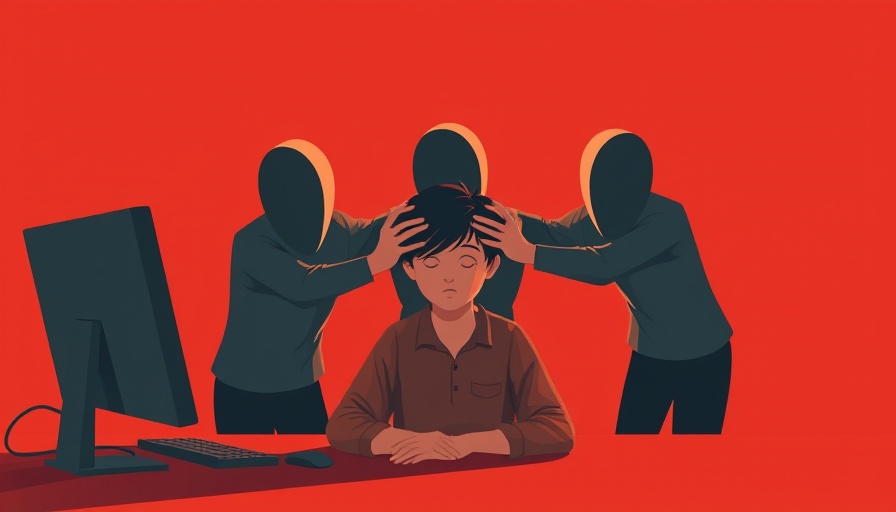
The Importance of a Helpline for Online Child Safety
As the digital landscape evolves, ensuring the safety of our children online has become increasingly crucial. A vital component of child online safety legislation currently missing in the U.S. is a dedicated helpline, akin to those successfully implemented in Europe, the UK, Australia, and New Zealand. This initiative would empower children and parents to report harmful content effectively, providing crucial assistance in navigating the complexities of online dangers.
Learning from Global Trends: Effective Solutions
Countries like Australia and those in Europe maintain systems that allow parents and youths to report issues directly to trusted entities. These systems have proven beneficial in mitigating the spread of harmful material and enhancing response times. In Australia, the government supports helplines that act as connecters between the impacted families and social media platforms, giving voices to those who may feel powerless when faced with online threats. Incorporating a similar helpline in the U.S. could fortify our children against risks like cyberbullying and exposure to inappropriate content, as researched by institutions such as the University of New Hampshire, showing alarming trends in underreporting issues within the tech landscape.
Critical Components Needed for Comprehensive Legislation
Prof. Sameer Hinduja has outlined essential measures for improving child online safety laws, proposing a comprehensive strategy that includes six critical components. However, introducing a dedicated helpline would not only bolster the effectiveness of these points but also provide a real-world context to assist platform moderators in addressing potentially harmful content. By establishing an industry-wide response standard to handle reports made by children, we could significantly decrease the volume of false positives currently overwhelming platforms.
The Fight for Change: Current Legislative Efforts
Recent advancements like the Kids Online Safety Act (KOSA) symbolize a substantial legislative push meant to enhance protective measures across tech platforms. Many proposals focus on ensuring tech companies limit children's exposure to harmful online content, holding them accountable in ways that hadn’t been considered since before smartphones became ubiquitous. KOSA emphasizes a 'duty of care' that demands platforms enforce reasonable steps to preserve child safety when utilizing their services. Encouraging cooperative efforts among lawmakers, tech companies, and advocacy groups is essential for an integrated approach to safeguard youths online.
Ensuring Real-World Context in Digital Safety
Perhaps one of the most critical aspects missing from the current U.S. response is the absence of a framework that recognizes the “real world” context that content moderators lack. A dedicated helpline would allow parents, guardians, or educators to communicate directly with both children and platform representatives, guiding informed decisions on content moderation while providing an authentic voice to reports of abusive material. This direct line of communication could create a more effective and less overwhelming reporting process that feels approachable for families navigating these harrowing experiences.
A Call to Action for Parents and Advocates
It is vital for parents to advocate for a national helpline in the ongoing dialogue surrounding child online safety. Engaging with legislators and pushing for this essential piece in the child protection toolbox is crucial to ensuring our children are safe online. Joining forces with organizations committed to improving the digital landscape can amplify this message and make their voices heard in Washington. Let’s call for action today, so our children can engage with the digital world fearlessly and confidently.
As we continue to push for robust child online safety structures, it’s imperative that parents, caregivers, and communities remain involved in shaping favorable outcomes. Reach out to local representatives, share experiences, and support advocacy groups dedicated to improving online safety for every child.
 Add Row
Add Row  Add
Add 




Write A Comment